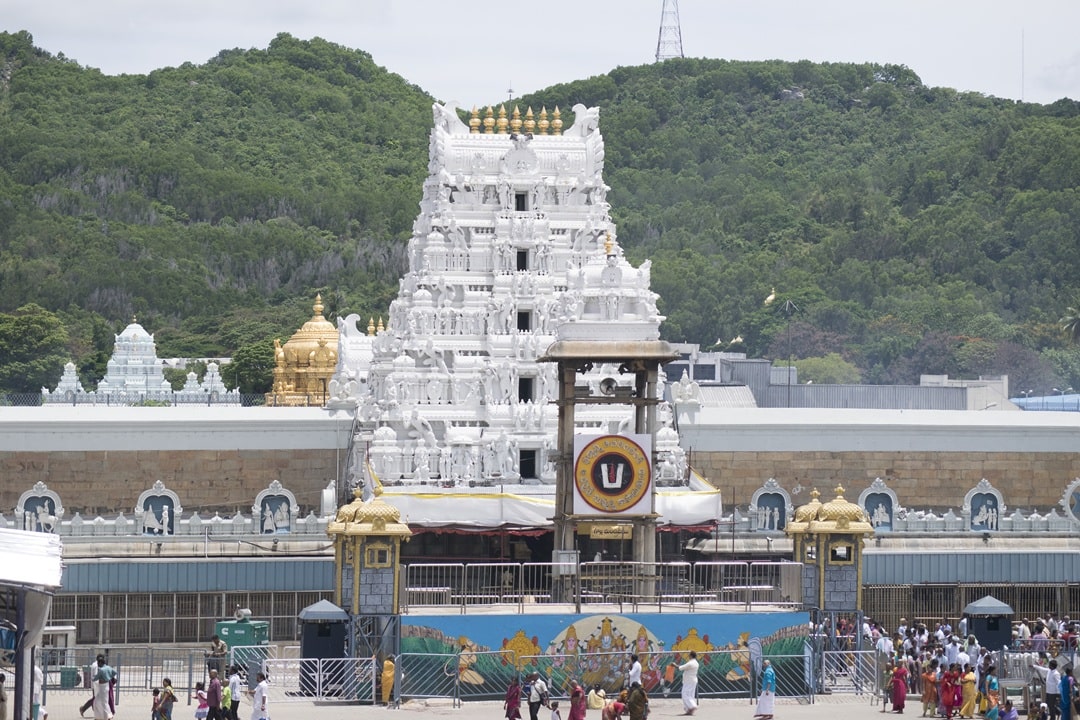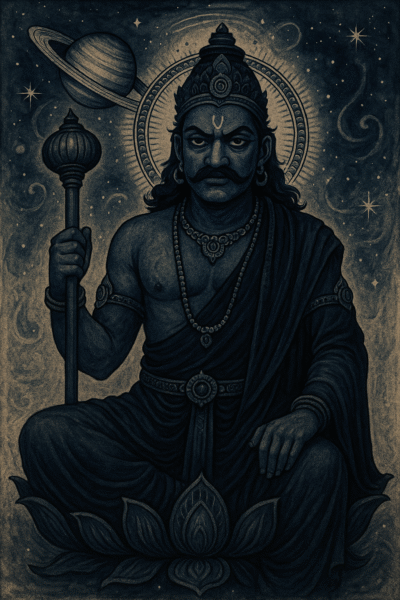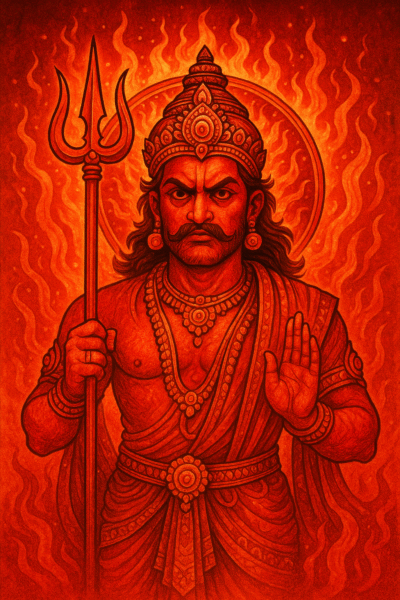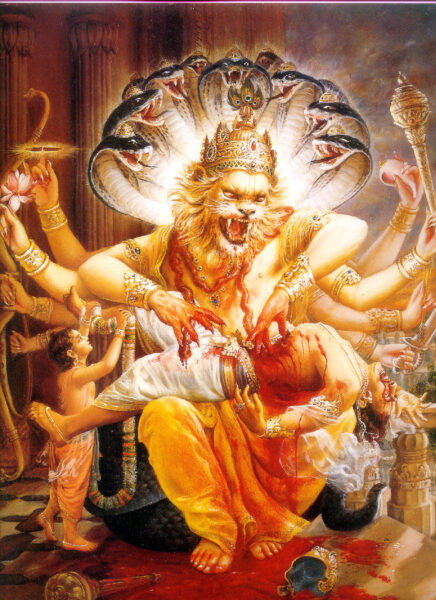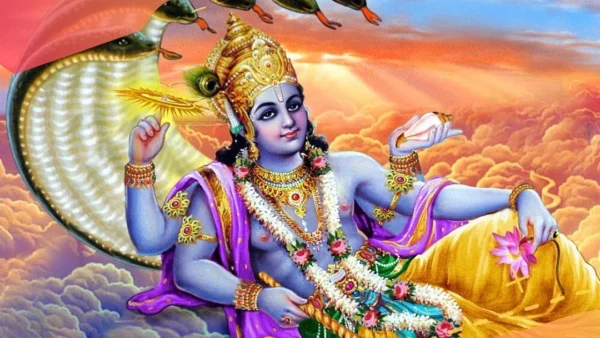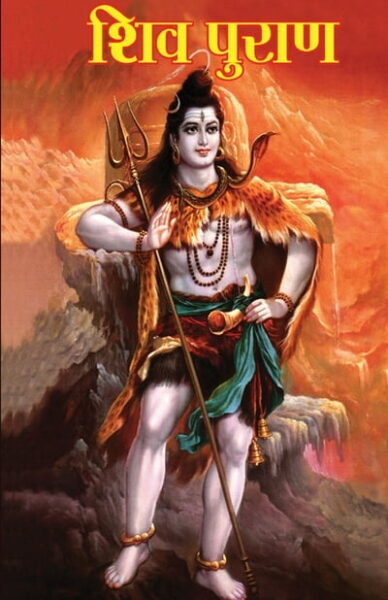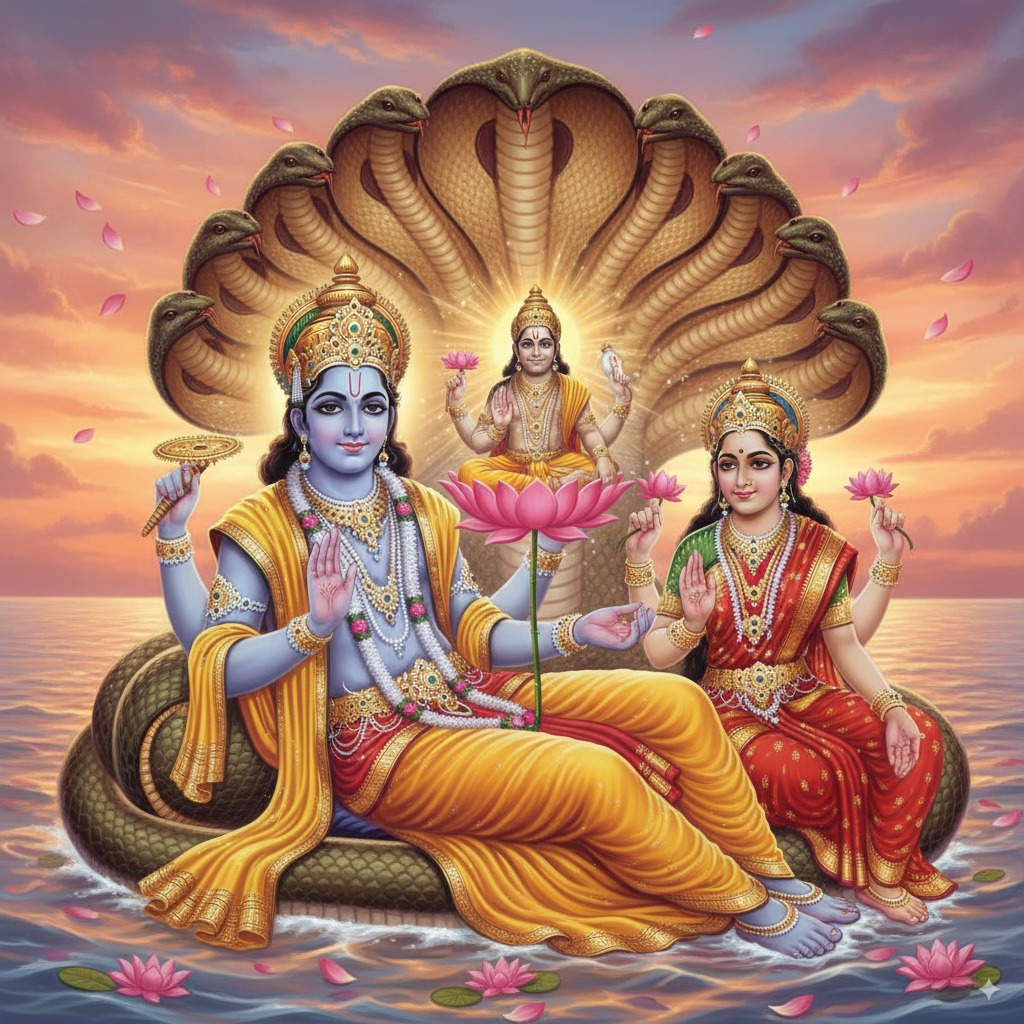Introduction
The Shree Venkateswara Temple, popularly known as the Tirupati Balaji Temple, is one of the most sacred and visited pilgrimage sites in India. Nestled atop the Tirumala Hills in Andhra Pradesh, this divine temple is dedicated to Lord Venkateswara — an incarnation of Lord Vishnu, who appeared to save humanity from the trials of the Kali Yuga. The temple is renowned for its deep spiritual energy, ancient rituals, and breathtaking Dravidian architecture, attracting millions of devotees every year.
Believed to fulfill every sincere prayer, Shree Venkateswara Temple stands as a symbol of unwavering faith and devotion — where devotees surrender their ego and karma to the divine presence of Sri Balaji.
Historical Significance
The origins of the Tirumala temple trace back to ancient scriptures and legends found in the Vaishnava Agamas and the Puranas. According to sacred lore, Lord Vishnu manifested here as Srinivasa and resided on the Tirumala Hills for the upliftment of humankind. The temple’s history dates to more than two thousand years, with continuous patronage from various South Indian dynasties, including the Pallavas, Cholas, and Vijayanagara kings.
The temple’s current form and grand structure were largely developed during the reign of the Vijayanagara Empire in the 15th century, particularly under the rule of Krishnadevaraya, who donated immense wealth and gold to the temple. Over centuries, the temple became one of the richest religious institutions in the world, known not just for its opulence but for its spiritual sanctity.
Architectural Features
The temple exemplifies classic Dravidian architecture, with a magnificent Gopuram (tower) and intricate stone carvings depicting scenes from Vaishnava mythology. The sanctum sanctorum houses the idol of Lord Venkateswara standing majestically with His four arms — holding the Shankha (conch) and Chakra (discus), symbolizing protection and power. The deity is adorned daily with gold ornaments, silks, and the famous Namam mark on the forehead.
The temple complex also includes several smaller shrines, mandapams, and halls for devotees to offer prayers and participate in rituals. The serene atmosphere, combined with the rhythmic chanting of Govinda! Govinda!, fills the air with divine energy.
Rituals and Daily Seva
The daily schedule of the Tirumala temple follows ancient Vaishnava traditions with precision. The day begins early morning with Suprabhatam Seva (waking the Lord) and continues through the day with various pujas, archanas, and aartis.
- Suprabhatam: Morning hymns recited to awaken the Lord.
- Tomala Seva: Floral decoration of the deity.
- Archana: Chanting of divine names in praise of the Lord.
- Sahasra Deepalankarana Seva: Lighting of a thousand lamps in the evening.
- Ekanta Seva: The final ritual before the temple closes for the day.
One of the most popular offerings is the Tonsure (Mundan) ceremony, where devotees shave their heads as a sign of surrender and humility before Lord Venkateswara. The Laddu Prasadam of Tirumala, made in the temple kitchen, is world-famous for its divine taste and sanctity.
Festivals and Celebrations
The temple celebrates numerous festivals throughout the year, the most important being the Brahmotsavam, held annually with grand processions, music, and spiritual fervor. Other festivals include Vaikuntha Ekadashi, Rathasapthami, and Pushpayagam. During these occasions, lakhs of devotees gather to seek blessings and participate in sacred rituals that continue for several days.
Each festival at Tirumala reflects the rich cultural and devotional heritage of Sanatan Dharma, emphasizing love, humility, and faith in the Supreme.
Temple Timings
- Opening Time: 3:00 AM (Suprabhatam)
- Darshan Timings: 4:00 AM – 11:00 PM
- Closing Time: 12:00 Midnight (after Ekanta Seva)
The temple remains open almost all day, accommodating millions of pilgrims through various darshan options such as Free Darshan, Special Entry Darshan, Seva Darshan, and VIP Darshan. Online booking options are also available through the official TTD portal.
How to Reach Tirumala Temple
- By Air: The nearest airport is Tirupati International Airport (approx. 15 km from the temple). Regular flights connect to Chennai, Bengaluru, and Hyderabad.
- By Train: Tirupati Railway Station is well connected with all major cities in India.
- By Road: Buses and private vehicles frequently operate from Tirupati to Tirumala. The ghat road offers a scenic drive with seven sacred hills representing the seven heads of Adi Shesha.
Accommodation and Facilities
The Tirumala Tirupati Devasthanams (TTD) provides excellent accommodation facilities for pilgrims — ranging from dharamshalas and guest houses to hotels and cottages. Free meals (Annaprasadam), water, and other amenities are available for all devotees.
Clean surroundings, organized queue systems, and volunteer services ensure a peaceful pilgrimage experience for visitors from around the world.
Spiritual Significance
Worshipping Lord Venkateswara is believed to remove financial and karmic obstacles, granting peace, prosperity, and moksha (liberation). The temple stands as a beacon of divine love and hope, reminding devotees that surrender to the divine will lead to eternal bliss.
Chanting “Govinda! Govinda!” invokes a deep vibration of faith — signifying total surrender to the grace of Lord Vishnu in His most compassionate form.
Visitor Information
- Location: Tirumala, Chittoor District, Andhra Pradesh, India
- Deity: Lord Venkateswara (incarnation of Lord Vishnu)
- Entry Fee: Free and paid options available
- Best Time to Visit: September to February (pleasant climate and festival season)
Conclusion
The Shree Venkateswara Temple, Tirumala, is not just a place of worship — it’s an eternal experience of divine connection and surrender. Every step taken toward the sanctum, every chant of “Govinda,” and every offering made at His feet fills the heart with humility and joy. Visiting Tirumala is believed to cleanse one’s past deeds and bring the soul closer to liberation.
May Lord Venkateswara bless every devotee with abundance, peace, and divine grace. 🙏

